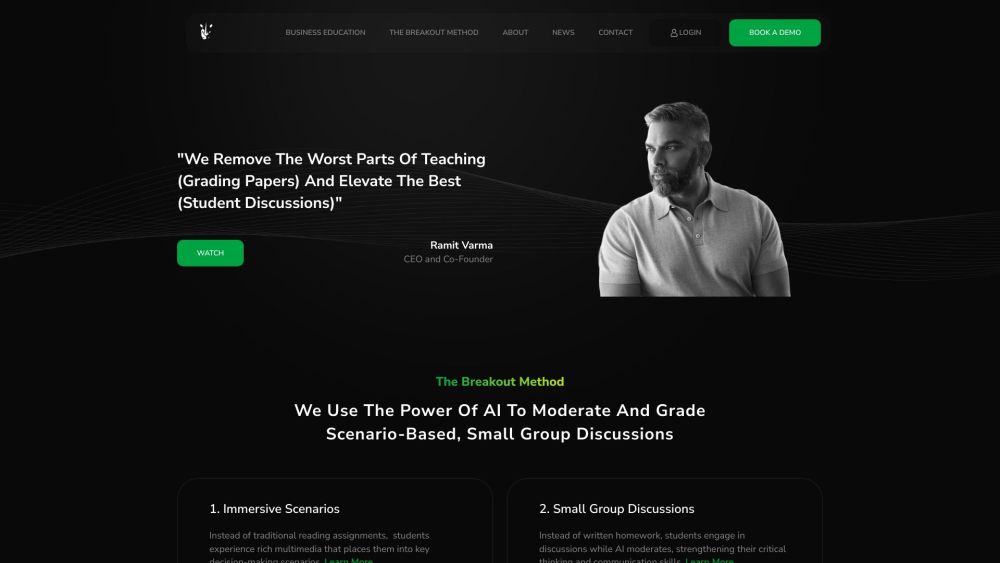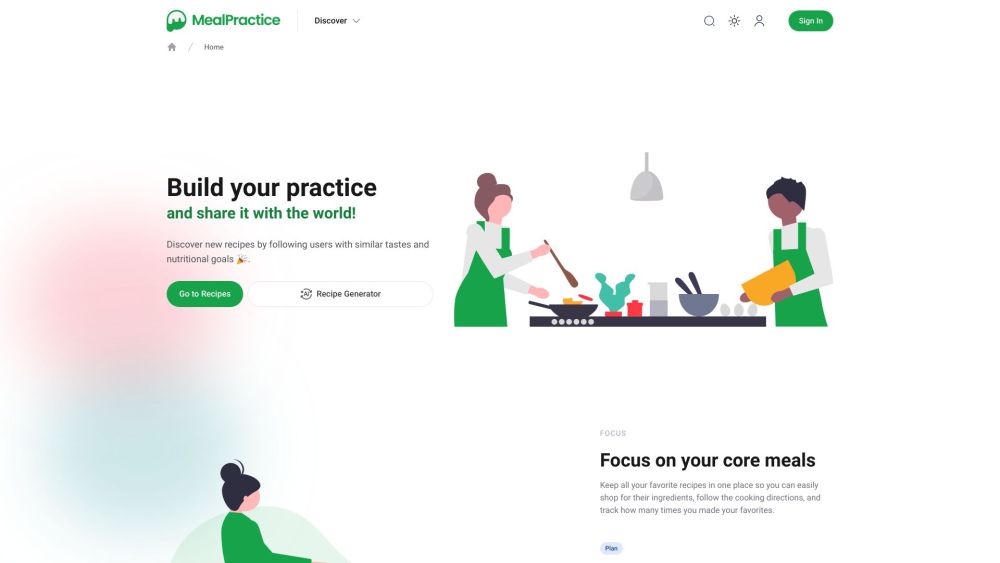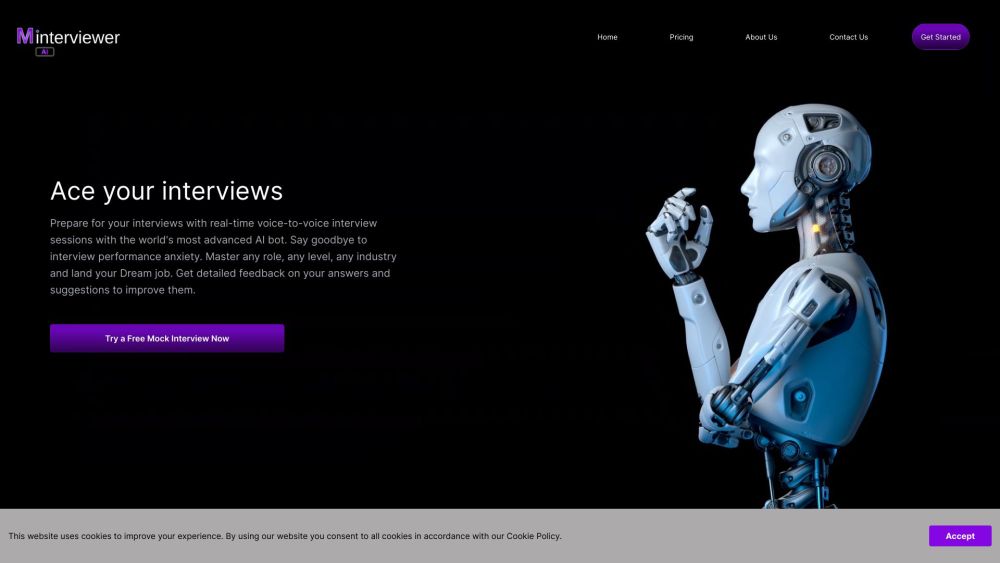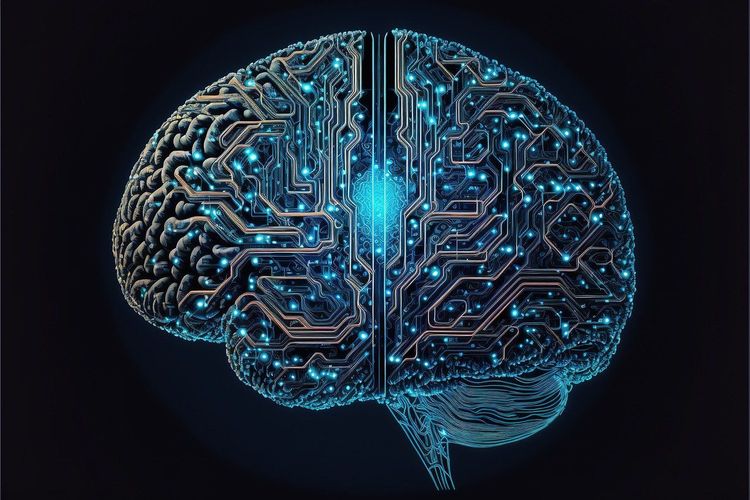Google's Bard AI Launches Globally Without a Waitlist in 180 Countries
Most people like

Empower educators with the transformative power of AI to create unmatched learning experiences.

Simplify your cooking experience with effortless recipe tracking and meal planning, featuring customized AI-generated recipes tailored just for you.

Discover the power of an AI music generator that crafts high-quality musical compositions effortlessly. Whether you're a seasoned musician seeking inspiration or a beginner looking to explore your creativity, this cutting-edge technology allows you to create unique and professional-grade music tailored to your vision. Unleash your artistic potential with our innovative AI music generator today!

Elevate Your Skills with Real-Time Mock Interviews and AI-Driven Feedback
Experience the power of AI as your personal coach with our real-time mock interviews and instant feedback. Our platform simulates authentic interview scenarios, helping you prepare effectively while receiving tailored insights to enhance your performance. Get ready to transform your interview skills and boost your confidence!
Find AI tools in YBX

